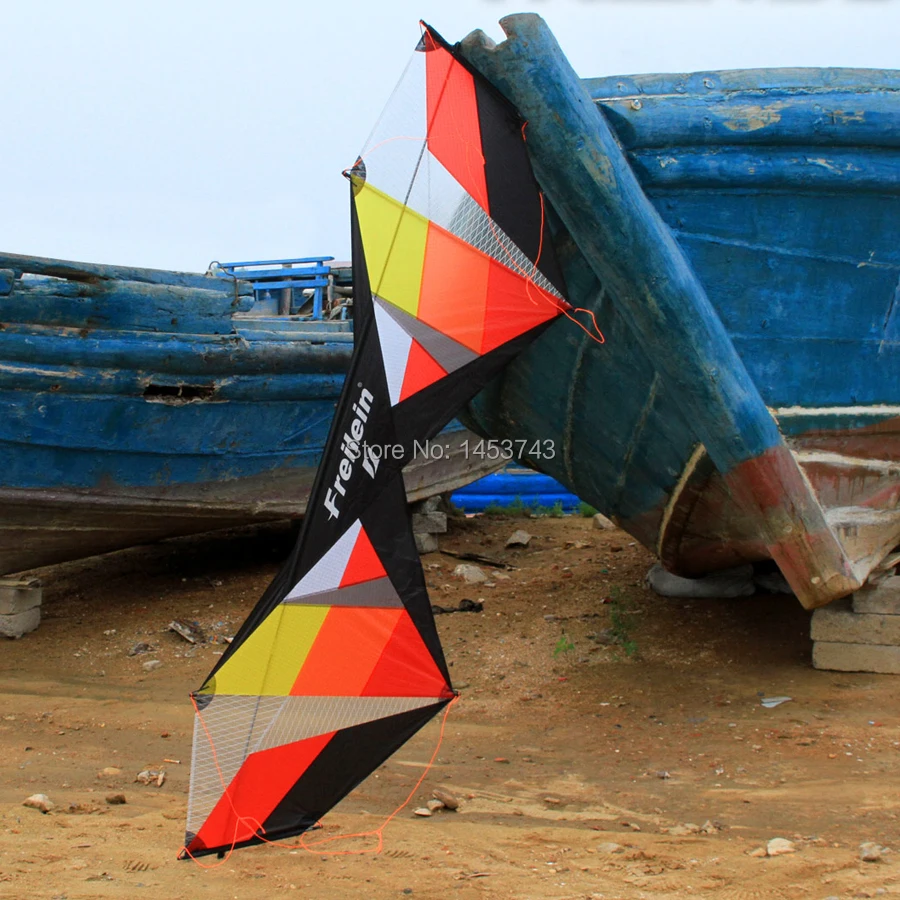

How to assess impacts on Special Protection Areas You can also read the following Information Note: The Effect of Aviation Obstruction Lighting on Birds at Wind Turbines, Communication Towers and Other Structures. You may also find useful: Assessing significance of impacts from onshore windfarms on birds outwith designated areas.Īrtificial light is known to have many effects on birds which may be positive (increased opportunity for activity that would normally only occur during daylight) and negative effects, including attraction to lights (phototaxis), disruption of photoperiodicity and increased opportunities for visually active predators. To help assess the significance of impacts of developments on birds in the wider countryside, view Natural Heritage Zone population estimates for 28 species of interest. These are available to view within the Natural Heritage Zone Bird Population Estimates: SWBSG Commissioned Report No.1504.

displacement through indirect loss of habitat if disturbance causes birds to avoid the wind farm and surroundsĭisplacement can include barrier effects in which birds are deterred from using their normal routes to feeding or roosting grounds.

direct habitat loss through wind farm construction.death through collision or interaction with turbine blades.More specifically wind farms present three main potential risk to birds: Our standing advice for planning consultations provides general advice for avoiding or minimising impacts on birds. We also advise on assessing the effects and the guidance below provides further information for a range of effects and species. Well-sited wind farms have limited effects on birds and our role is to guide development to the best locations.

All standing advice and guidance documents.Menu toggle Planning and development advice.Young People - Learning Outdoors and Developing Skills.


 0 kommentar(er)
0 kommentar(er)
